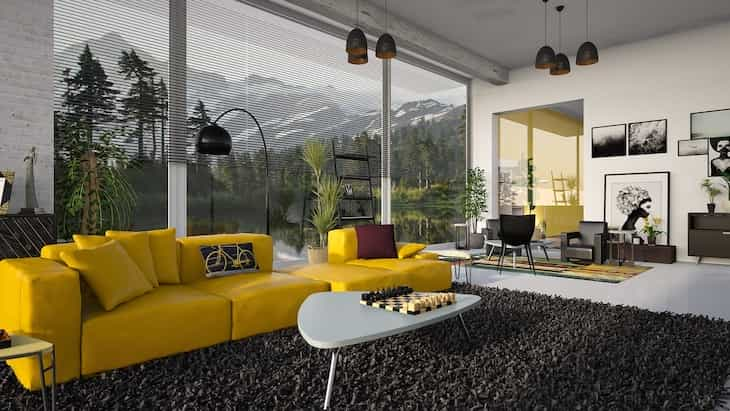Lounge Zone Carpet: Customer's Guide
If you want to create a cozy lounge zone for your friends and family, then you probably need a good carpet.
While some carpets and rugs might look amazing, they might be pretty hard to maintain and clean - so what should you do?
Here are a few tips on how to choose the best carpet.
Consider Lifestyle and Use
Evaluate how the lounge zone will be used.
If it's a high-traffic area with children and pets, choose a durable and stain-resistant carpet.

For a more formal setting, you can opt for a softer, luxurious feel.
Think About Size and Shape
Determine the size and shape of the carpet based on the layout of your lounge zone.
A well-fitted carpet enhances the aesthetics and defines the space.
Choose the Right Material
Different carpet materials offer varying levels of comfort, durability, and maintenance.
Wool provides a luxurious feel, while synthetic fibers like nylon or polyester are more resistant to stains and wear.
Check Pile Height
Pile height affects the carpet's comfort and appearance.
Higher piles offer a softer feel but may show footprints more easily, while lower piles are often easier to maintain in high-traffic areas.
Consider Color and Pattern
Select a color that complements the overall design of your lounge zone.
Patterns can add visual interest but should align with the existing decor.
Lighter colors can make a space feel larger, while darker tones may add coziness.
Test for Allergens
If allergies are a concern, choose carpets with low VOC (volatile organic compounds) and consider options that are resistant to allergens and easy to clean.
Evaluate Maintenance Needs
Consider the level of maintenance you're willing to undertake.
Some carpets may require more frequent cleaning, while others are designed to resist stains and spills
Previously, we talked about a guest zone.
